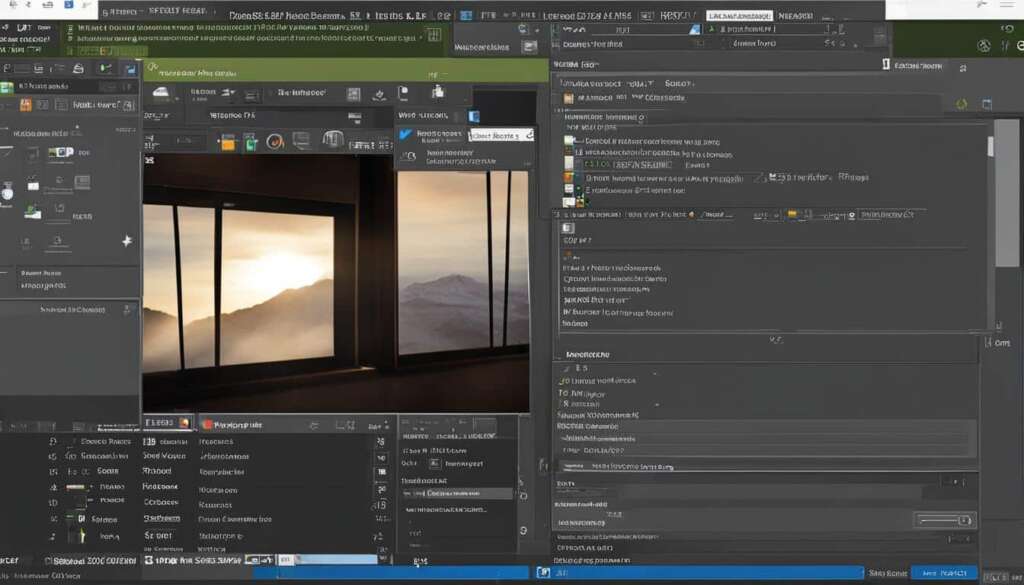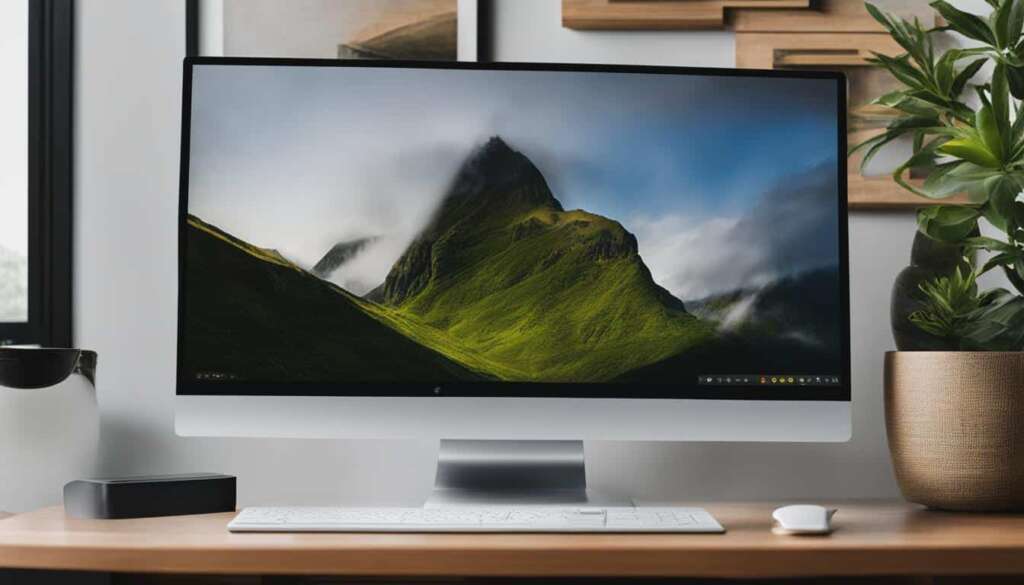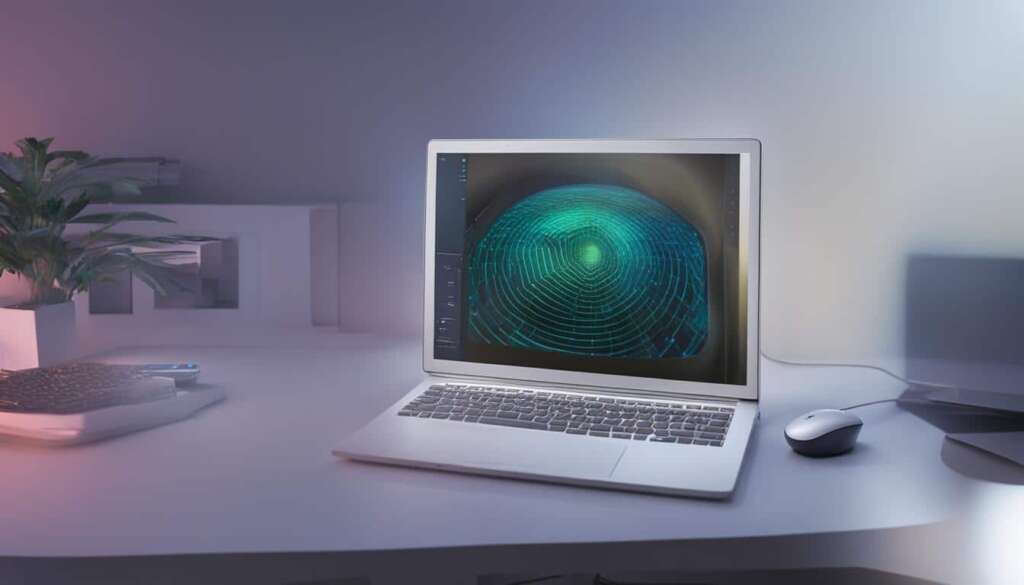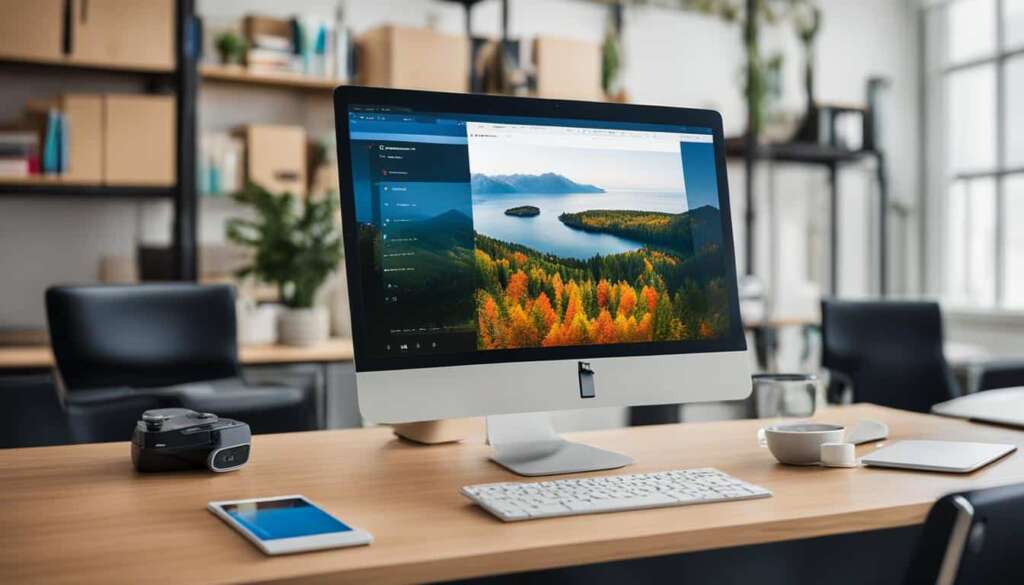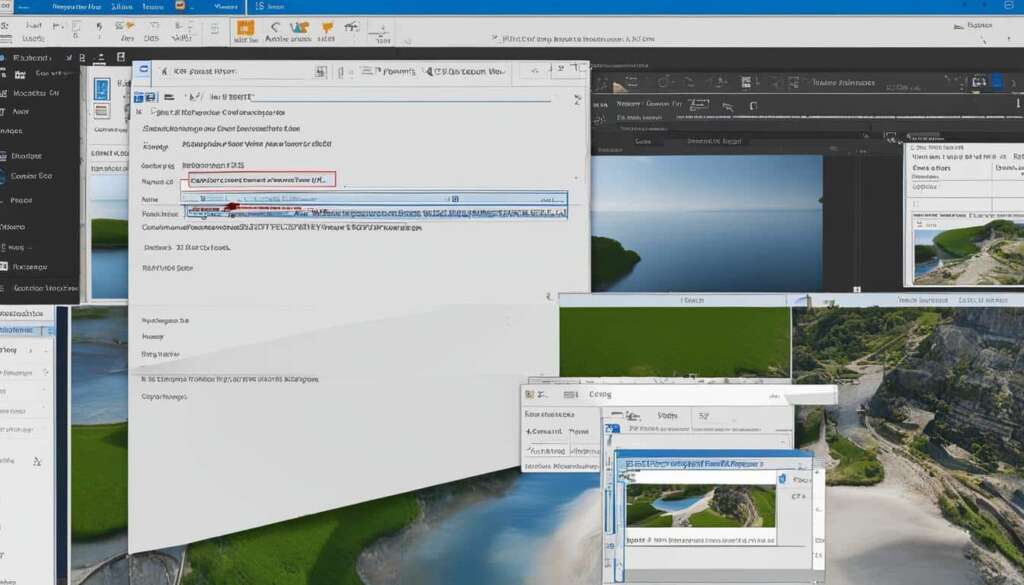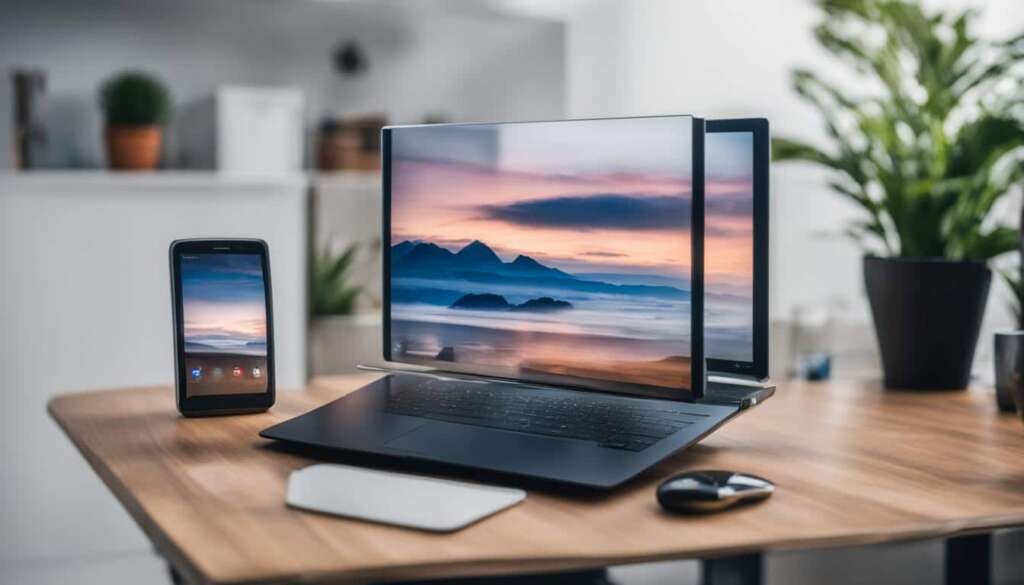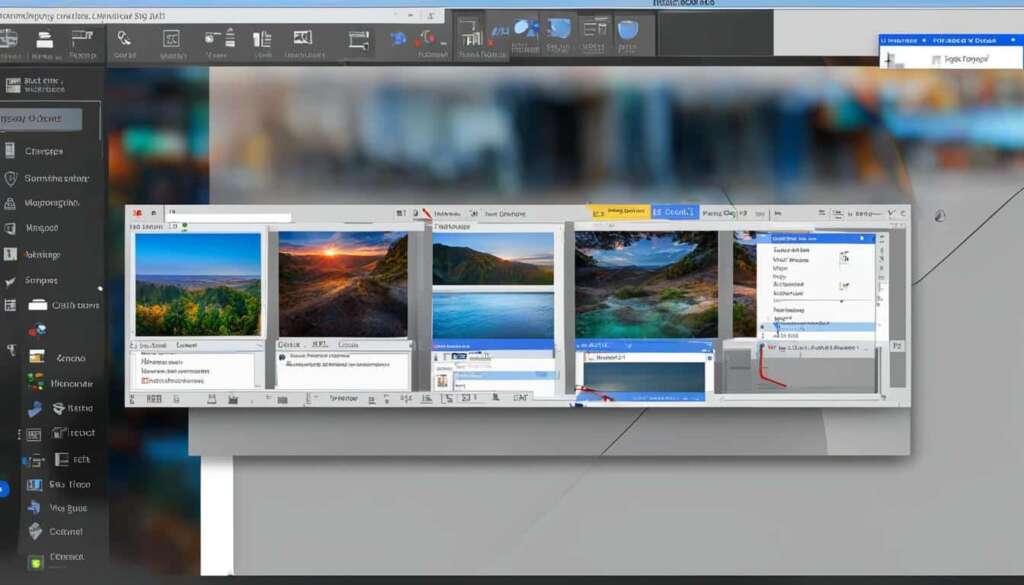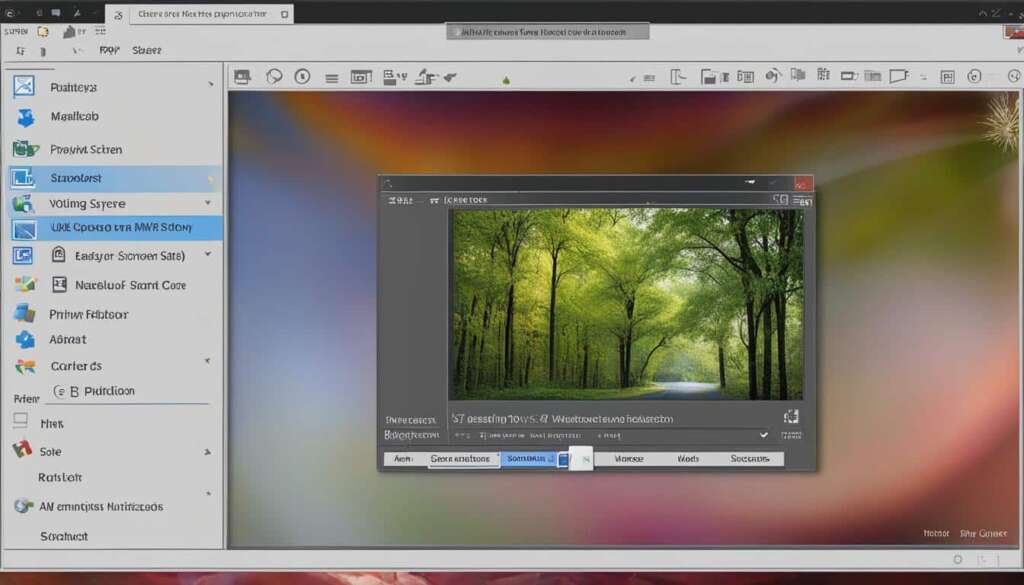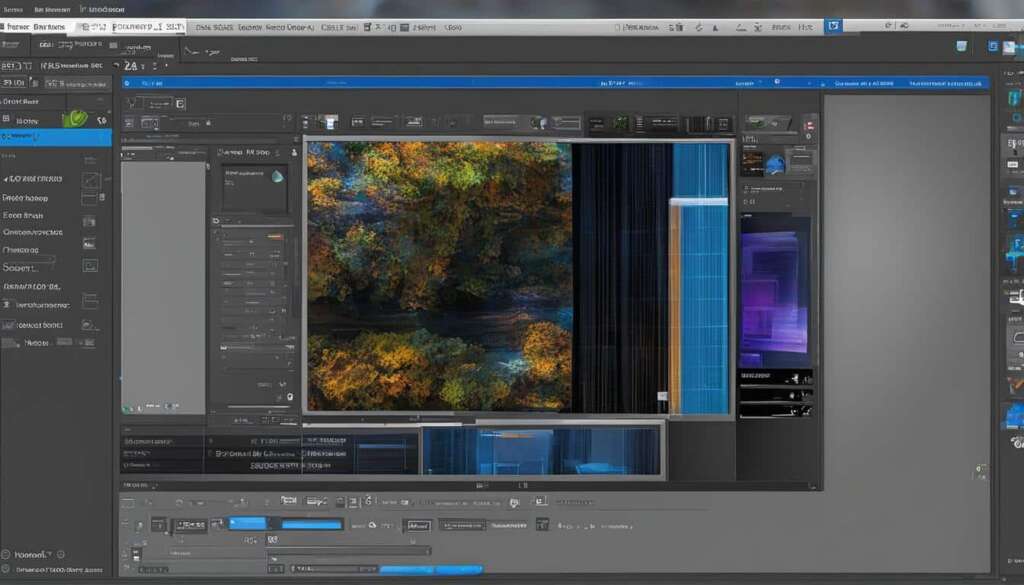Table of Contents
Are you looking to capture your screen on a PC? Whether you’re using Windows 10 or Windows 11, we’ve got you covered. Taking a screenshot on your PC is a simple process that can be done in a variety of ways. In this quick guide, we’ll walk you through the steps to help you capture screenshots effortlessly.
When it comes to taking screenshots on a PC, there are built-in tools and shortcuts that you can use. The Snip & Sketch and Snipping Tool are two popular options for capturing screenshots.
The Snip & Sketch tool is available in both Windows 10 and Windows 11. It offers an improved user interface and additional features compared to the older Snipping Tool. You can access Snip & Sketch through a keyboard shortcut (Windows key + Shift + S), the Start menu, or the notification panel. It allows you to capture rectangular, freeform, window, or full-screen screenshots. Each screenshot is saved to the clipboard and can be opened in the Snip & Sketch app for annotation, saving, or sharing. You can also set a delay of 3 or 10 seconds before the screenshot is captured.
The Snipping Tool, on the other hand, is available only in Windows 11. Although it has been removed from the Start menu, it can still be accessed through the search bar. The Snipping Tool offers the option to capture rectangular, freeform, full-screen, or window snips. Unlike the Snip & Sketch tool, the Snipping Tool does not automatically save screenshots, so you’ll need to manually save them within the tool before exiting. However, it does copy captures to the clipboard automatically.
In addition to these built-in tools, there are other methods and third-party apps that you can explore. The Print Screen key allows you to capture the entire screen, but you’ll need to paste it into an image editing tool and save it from there. The Windows key + Print Screen key captures the entire screen and automatically saves the screenshot to the Pictures > Screenshots folder. The Alt + Print Screen key captures the active window and copies it to the clipboard. If you’re a gamer, you can use the Game bar by pressing the Windows key + G to take screenshots while playing games or using other apps.
Lastly, there are various third-party screenshot apps available like Lightshot, Greenshot, ScreenRec, Snagit, and Screencast-O-Matic. These apps offer additional features such as editing, annotating, and sharing screenshots, giving you more flexibility and control.
Now that you know the different methods and tools available, you can easily capture screenshots on your PC. Whether you prefer the built-in options or choose to explore third-party apps, taking a screenshot on Windows 10 or Windows 11 is a breeze.
Snip & Sketch
The Snip & Sketch tool is an improved version of the old Snipping Tool and offers a more user-friendly interface and additional features. It can be accessed through a keyboard shortcut (Windows key + Shift + S), the Start menu, or the notification panel. Snip & Sketch allows you to capture different types of screenshots, including rectangular, freeform, window, or full-screen.
After taking a screenshot, it is saved to the clipboard and can be opened in the Snip & Sketch app for annotation, saving, or sharing. The app also offers the option to delay a screenshot capture for 3 or 10 seconds.
| Key Features | Snip & Sketch |
|---|---|
| Interface | Improved and user-friendly |
| Screenshots | Rectangular, freeform, window, or full-screen |
| Saving Screenshot | Saved to clipboard and open in the Snip & Sketch app |
| Screenshot Delay | Option to delay for 3 or 10 seconds |
Snipping Tool
The Snipping Tool is a handy screenshot tool available in Windows 11. Although it has been delisted from the Start menu, you can still access it through the search bar. The Snipping Tool offers various options for capturing screenshots, including rectangular, freeform, full-screen, and window snips. It provides flexibility in selecting the specific area you want to capture.
One important thing to note is that the Snipping Tool does not automatically save screenshots. You need to manually save them within the tool before exiting. However, the Snipping Tool copies captures to the clipboard automatically, allowing you to easily paste them into other applications or documents.
If you prefer a straightforward and efficient way to capture screenshots on your Windows 11 PC, the Snipping Tool is a reliable option. It offers a simple and intuitive interface, making it easy to capture and save screenshots for your personal or professional use.
Snipping Tool vs. Snip & Sketch
| Snipping Tool | Snip & Sketch |
|---|---|
| Accessible through search bar | Accessible through keyboard shortcut or Start menu |
| Captures rectangular, freeform, full-screen, and window snips | Captures rectangular, freeform, window, and full-screen screenshots |
| Does not automatically save screenshots | Automatically saves screenshots to the clipboard |
| Simple and intuitive interface | User-friendly interface with additional features |
As you can see, both the Snipping Tool and Snip & Sketch offer unique features and advantages. Choose the tool that suits your preferences and screenshot needs.
With the Snipping Tool, you can easily capture screenshots on your Windows 11 PC. Whether you need to capture a specific window, a particular area of the screen, or the entire screen, the Snipping Tool provides the flexibility and convenience you need.
Other Methods and Third-party Apps
In addition to the built-in tools, there are various other methods and third-party apps available for capturing screenshots on a PC that offer additional features and functionalities.
The Print Screen key is a simple and commonly used method to capture your entire screen. However, you’ll need to paste the screenshot into an image editing tool and save it manually from there.
For a more convenient option, you can use the Windows key + Print Screen key combination. This captures the entire screen and automatically saves the screenshot to the Pictures > Screenshots folder on your PC.
If you only want to capture the active window, you can use the Alt + Print Screen key. This handy shortcut captures the window you currently have in focus and copies it to the clipboard for easy sharing or editing.
When it comes to capturing screenshots while playing games or using other apps, you can utilize the Game bar. Simply press the Windows key + G to bring up the Game bar, then click the camera icon to take a screenshot. This feature is especially useful for capturing those epic gaming moments.
If you’re looking for even more options and advanced features, there are plenty of third-party screenshot apps available for Windows. Popular apps such as Lightshot, Greenshot, ScreenRec, Snagit, and Screencast-O-Matic provide a range of editing, annotating, and sharing capabilities to enhance your screenshot experience.
With these alternative methods and third-party apps, you have the flexibility to capture screenshots in a way that suits your preferences and needs.
FAQ
How can I take a screenshot on my PC?
Whether you’re using Windows 10 or Windows 11, there are multiple ways to take screenshots on your PC. You can use built-in tools like Snip & Sketch or the Snipping Tool, use keyboard shortcuts, or even third-party apps.
What is Snip & Sketch?
Snip & Sketch is a screenshot tool available on both Windows 10 and Windows 11. It offers a user-friendly interface and various screenshot options, such as rectangular, freeform, window, or full-screen. It can be accessed through a keyboard shortcut (Windows key + Shift + S), the Start menu, or the notification panel.
How do I access the Snipping Tool?
The Snipping Tool is another option for taking screenshots, which is available on Windows 11. Although it has been delisted from the Start menu, you can still access it through the search bar. The Snipping Tool allows you to capture rectangular, freeform, full-screen, and window snips.
Are there any other methods for capturing screenshots on a PC?
Yes, apart from the built-in tools, there are other methods available. You can use the Print Screen key to capture your entire screen, the Windows key + Print Screen key to automatically save the screenshot, the Alt + Print Screen key to capture the active window, or the Windows Logo + volume down buttons on a Microsoft Surface device. The Game bar can also be used while playing games or in other apps, and there are third-party apps like Lightshot, Greenshot, ScreenRec, Snagit, and Screencast-O-Matic for additional features.

